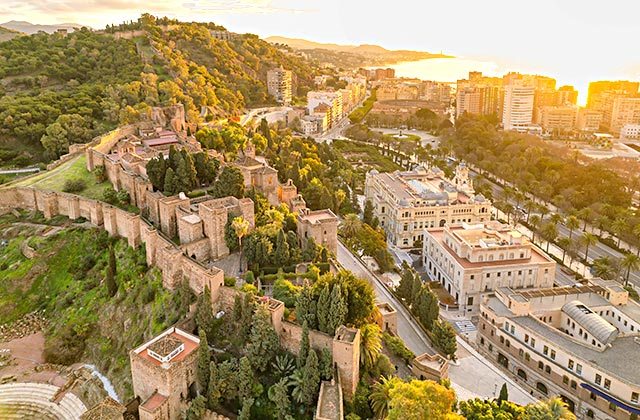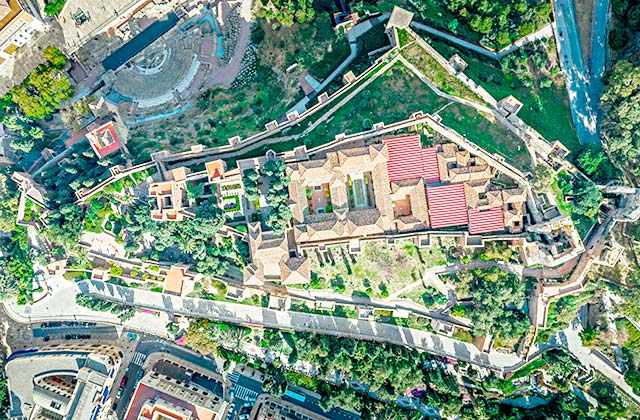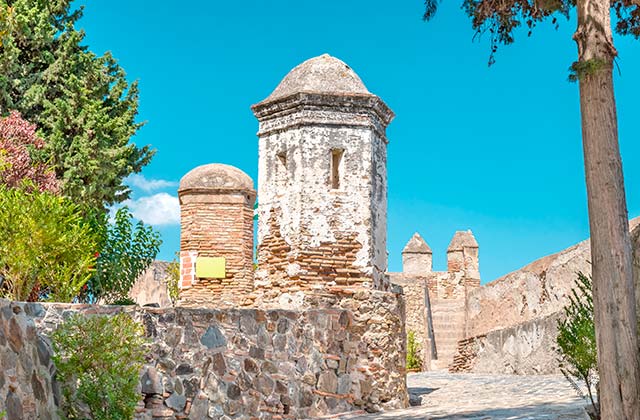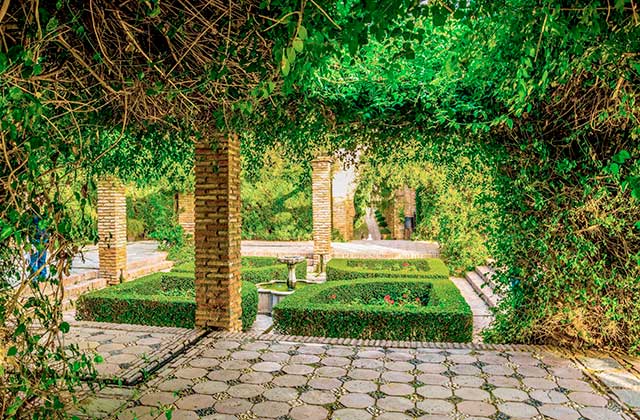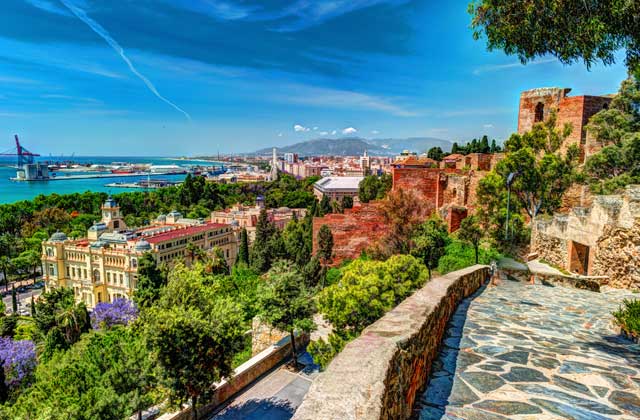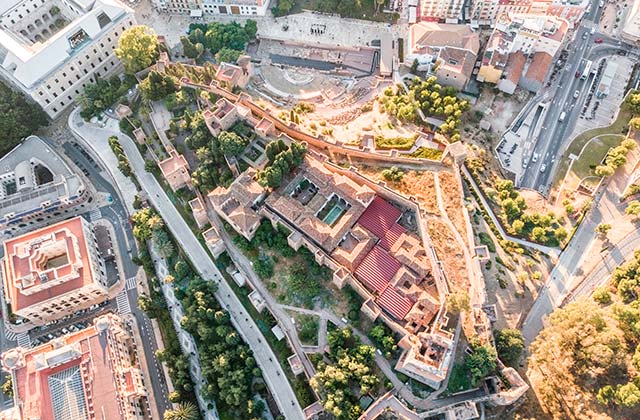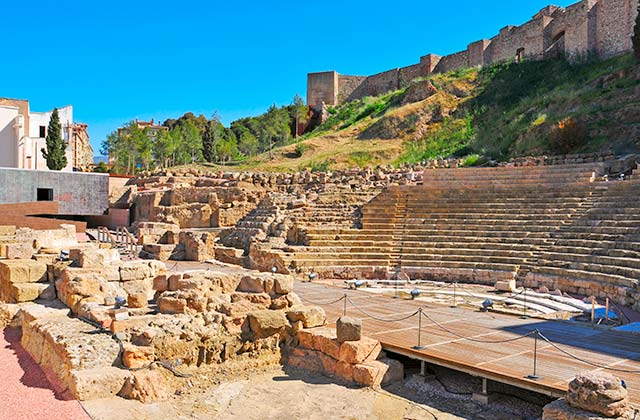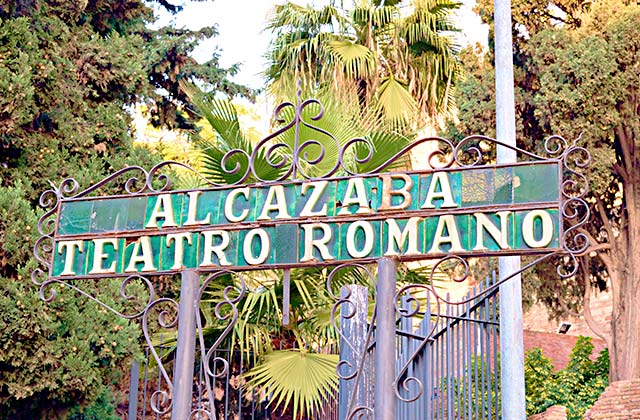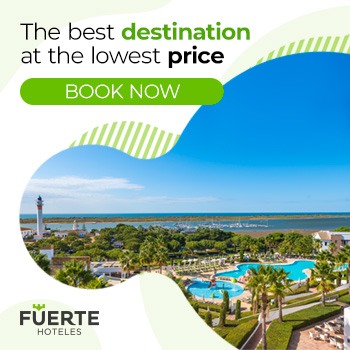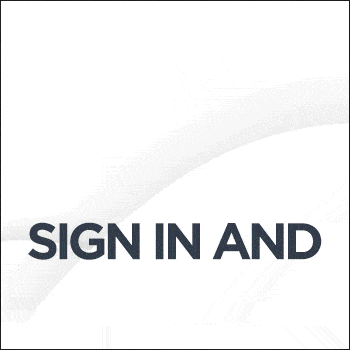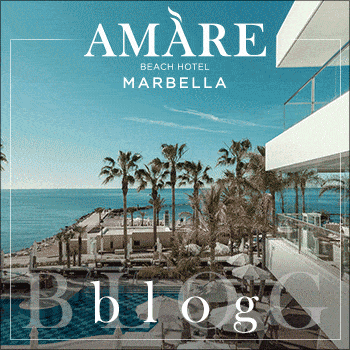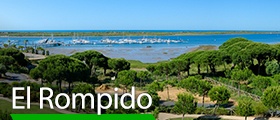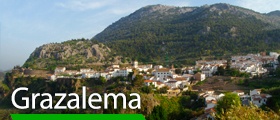
3 emblematic places to see in Málaga
Malaga is one of the cities at the top of the places where you can live better in Spain. The climate is one of the reasons why Malaga is the chosen destination for nationals and foreigners to live. But it is not only the temperatures and the sun that attract people to make their home in the city of the Costa del Sol, but it is also an attraction and a point of reference for Spanish and foreign tourism, which every year increases the number of tourists who want to know this wonderful city in depth. Malaga has a multitude of corners, history, and a unique cultural heritage that attracts the curious and lovers of the most spectacular treasures of this city.
Monuments, squares, theaters, churches, castles, gardens, museums, alleys, and cemeteries are the historical and cultural heritage of this peculiar city, which mixes the most modern and avant-garde with the historical. A visit to the most emblematic places in Malaga is a must if you want to get to know the roots and origins of this city.
It is a city so full of life that fascinates with its folklore, and modern culture, where gastronomy is especially important with its fried fish, the traditions and typical dances of Malaga, the closeness of its people, and also with its ancient history. And so that you can get to know the most unique history first hand, here are the historical monuments of Malaga par excellence.
Alcazaba
This Palace and fortress whose name in Arabic means citadel is one of the landmarks of the city, a very popular place which combines history and beauty in the same place.
Belonging to the Muslim era, it is located at the foot of Mount Gibralfaro, the location of an Arabic defensive castle to which it was attached by a corridor guarded by walls called La Coracha; next to the Roman Theatre and opposite the Customs building, it is an opportunity to see the fusion of the Roman, Moorish and Renaissance cultures only a few metres away, making this site this a very special place to visit.
Built between 1057 and 1063 according to historians by the Muslims at the request of Berber king of Taifa of Granada, Badis. Haulage materials were used for its construction, and pieces from the nearby Roman theatre were also used, such as columns and capitals.
The Almoravids later arrive to Malaga in 1092 and the Almohades in 1146. In 1279, the city is conquered by Muhammad II Ben al-Ahmar and it is transferred to the kingdom of Nazarita. Its reform gives it a deep imprint as a Moorish building built on the rock. It combines the needs of defence and beauty of a Moorish palace with its structure with rectangular patios and corridors around its gardens and ponds. In the tradition of the Granadian architecture, interiors rooms strive for the alternation of light and shadow to obtain those effects that Arab builders dominate so well.
Its military component makes it one of the most important works preserved in Muslim Spain. It also features Matacañas, watchtowers with loopholes and battlements as defensive elements, although its best defence was its location, from the balconies overlooking the city and the bay.
A neighbourhood used to be located in the surroundings, now gone, which even had a system to evacuate sewage and latrines in almost every house, which confirms the high level of civilization that existed at the time.
It underwent successive reconstructions, some even in the twentieth century, and is now open for visits also including important archaeological expositions. During the first excavations made for its refurbishment, concrete Roman walls coated with red stucco and small pools dug in slate were discovered, intended for the preparation of Garum (fish paste that was prepared by the Romans) as well as a dungeon where Christian captives were kept working during the day.
Opening times:
- Summer Hours: 09:00 – 20:00 from 1 April to 31 October
- Winter hours: 09:00 – 18:00 from November 1st to March 31st
Prices:
- Standard price for a monument: 3,5€.
- Standard price for two monuments (Alcazaba and Gibralfaro): 5,50€.
- Standard price for groups (for one monument): 2,50€.
- Combined group price (for both monuments): 4€.
- Reduced price for a monument: 1,50€.
- Reduced price for two monuments: 2,50€.
Gibralfaro Castle
This castle, built in the XIV century to house troops and protect the Alcazaba, is today one of the most visited monuments of Malaga. There you can walk the walls with breathtaking views of the city, or visit the Interpretation Centre to learn about its story.
The place gets its name from a lighthouse that was at its peak (Jabal-Faruk, Lighthouse mount). Although it was used by the Phoenicians and Romans, it was the Nazarite King Yusuf I in 1340 who turned this settlement into his fortress.
In the reconquest he suffered the siege of the Catholic Monarchs during the summer of 1487 and Fernando the Catholic turned it into his temporary residence after the victory. Furthermore, he appointed the castle as part of the city’s coat of arms. For a time, it was considered the most impregnable fortress of the Iberian Peninsula. It has two lines of walls and eight towers. The outer wall meets the coracha, zigzagging walls arranged in ways that link the Castle with the Alcazaba. For its part, the inside wall lets you walk around the perimeter of the fortress.
The Castle can be divided into two parts. The top part is called the main courtyard and in it we can find the Interpretation Centre where you can learn the history of the Castle through its inhabitants. In this area we find the main tower, 17 meters high, the Phoenician well and bathrooms. The well of Airón is dug in bedrock and has a depth of 40 meters.
The bottom, or parade ground comprised the troop barracks and stables. The watchtower or Blanca tower, facing the north-east, is one of the most visible buildings. It keeps a well inside, outbuildings and warehouses.
Opening times:
- Summer Hours: 09:00 – 20:00 from 1 April to 31 October
- Winter hours: 09:00 – 18:00 from November 1st to March 31st
Prices:
- Standard price for a monument: 3,5€.
- Standard price for two monuments (Alcazaba and Gibralfaro): 5,50€.
- Standard price for groups (for one monument): 2,50€.
- Combined group price (for both monuments): 4€.
- Reduced price for a monument: 1,50€.
- Reduced price for two monuments: 2,50€.
Roman theatre
The Roman Theatre in Malaga is one of the living symbols of Roman Hispanic town. It has a modern interpretation centre located next to it where through new technologies, we can learn about the life and customs of the time. It has also recovered its original use, offering shows inside.
Discovered in 1951, it remained half hidden by the building called Casa de la Cultura for many years, built between 1940 to 1942 and refurbished in the sixties. During this period, the first signs of Theatre were discovered, which was finally demolished and have it assessed within the cultural plans in 1992.
Excavations revealed the proescenium, i.e. the stage, the remains of the Orchestra, the place reserved for senators and the cavea, the 31×16 metre stands with thirteen steps and the entrances to stands, called vomitorium.
Built under the dominion of Augustus in the first century after Christ, it was still used until the third century. Numerous materials such as stones, columns and carved stones were used to build the Alcazaba.
The interpretation centre is decorated on the outside by fragments of the Lex Flavia Malacitana, which contains original pieces recovered during excavations.
Opening times:
- Tuesday to Saturday: 10:00h. – 18:00h.
- Sunday and holidays: 10:00h. – 16:00h.
- Closed: Every Monday, 1 and 6 January, 1 May, 24, 25 and 31 December.
Price:
- Free of charge
Recommendations
These are the 3 historical monuments par excellence in Malaga that you must visit if you want to know the past and the origins of this city. To get the most out of your visit to these three emblematic places, we recommend that you get to know the network of streets in the area where they are located.
The narrow streets in front of the Roman Theater are full of life and it is very pleasant to stroll through them to get to know one of the most popular areas of the city. In addition, we recommend that you visit some of the most picturesque local shops, as well as a museum or theater that you will find along the way.
Gastronomy is another of the attractions of Malaga and tapas and food in some of the many bars, restaurants, and taverns in this area is one of the recommendations that you should not overlook.
Discover the 12 most important museums in Málaga, the cultural destination in Andalucia
Interesting facts about Málaga that you almost certainly did not know
WHERE TO STAY
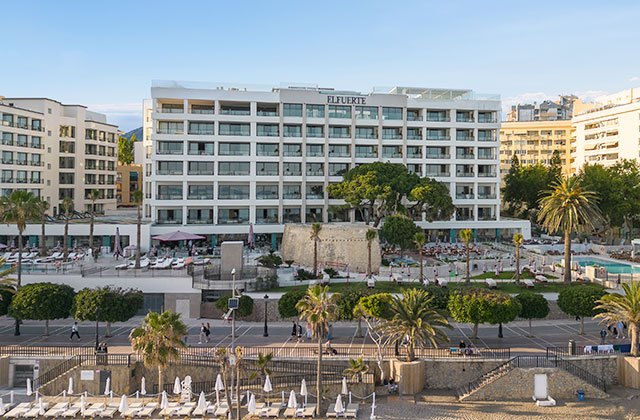
El Fuerte Marbella
The best option to stay in Costa del Sol, enjoy the Mediterranean Sea and visit the most emblematic monuments of the capital of Málaga is, undoubtedly Fuerte Hoteles The chain has places where you can, in addition to its services, enjoy the best of each part of the region. 60 years’ experience are the best guarantee. Marbella or Torrox are some of the spots where you can find these great hotels.
